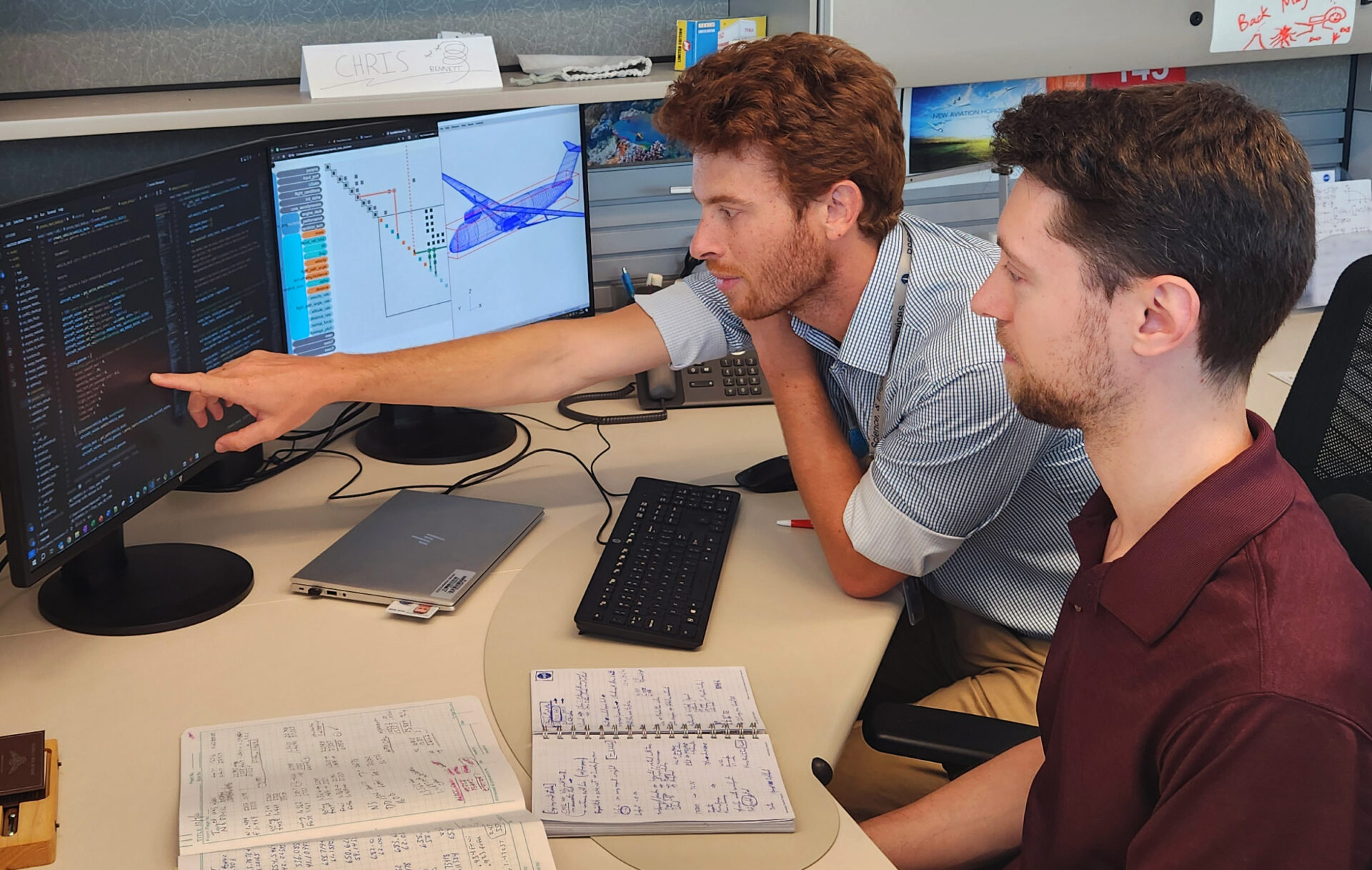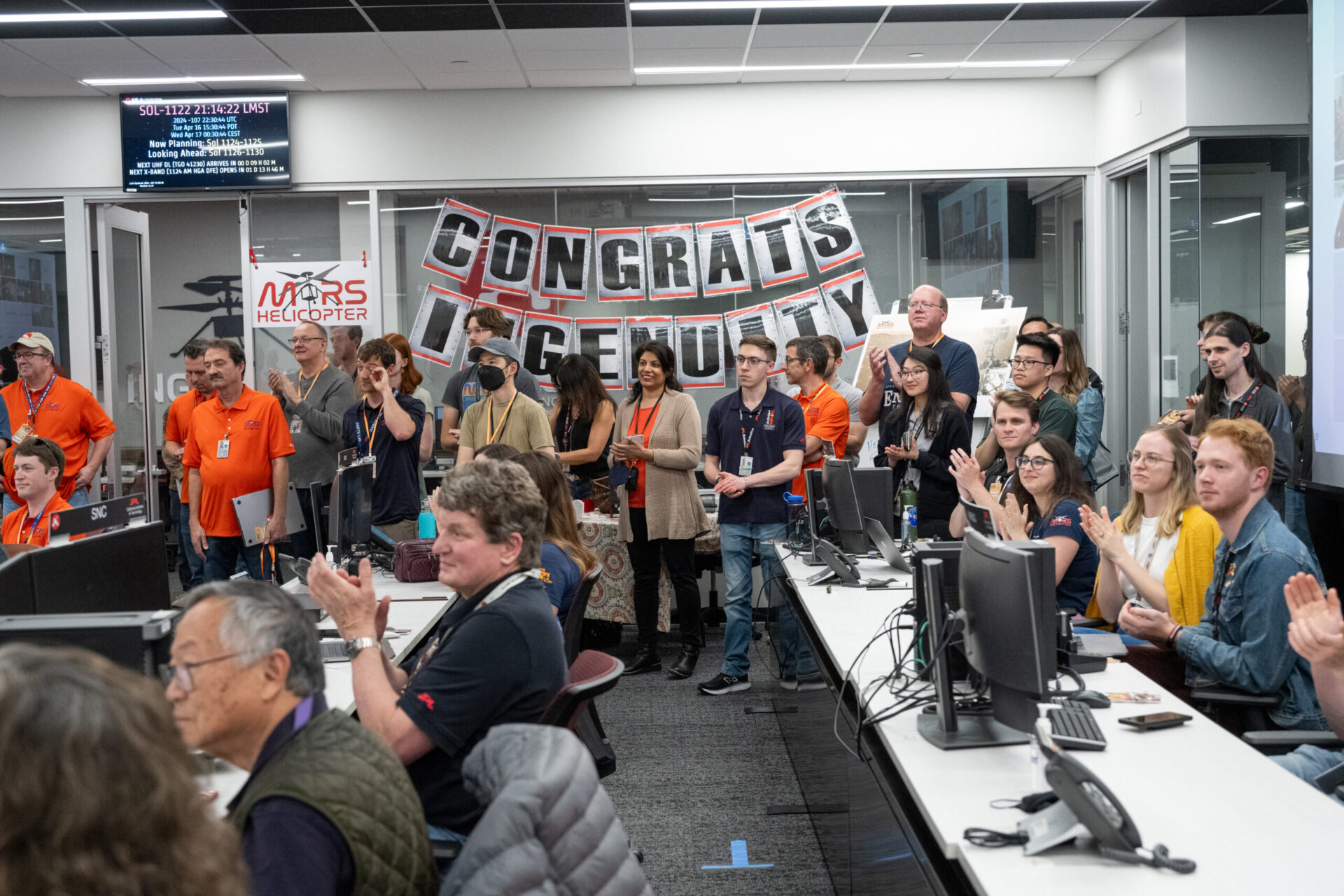Then the scientists noticed something extraordinary. The three planets’ orbits matched what would be expected if they were locked in a 3/2 resonance. The next steps were all about math and gravity. The science team, led by Rafael Luque of the University of Chicago, worked through a well-known list of resonances that potentially could be found in such systems, trying to match them to the remaining transits that had been picked up by TESS. The only resonance chain that matched up suggested a fourth planet in the system, with an orbit about 31 days long. Two more transits had been seen, but their orbits remained unaccounted for because they were only single observations (more than one transit observation is needed to pin down a planet’s orbit). The scientists again ran through the list of possible orbits if there were two additional, outer planets that fit the expected chain of resonances across the whole system. The best fit they found: a fifth planet with a 41-day orbit, and a sixth just shy of 55.




